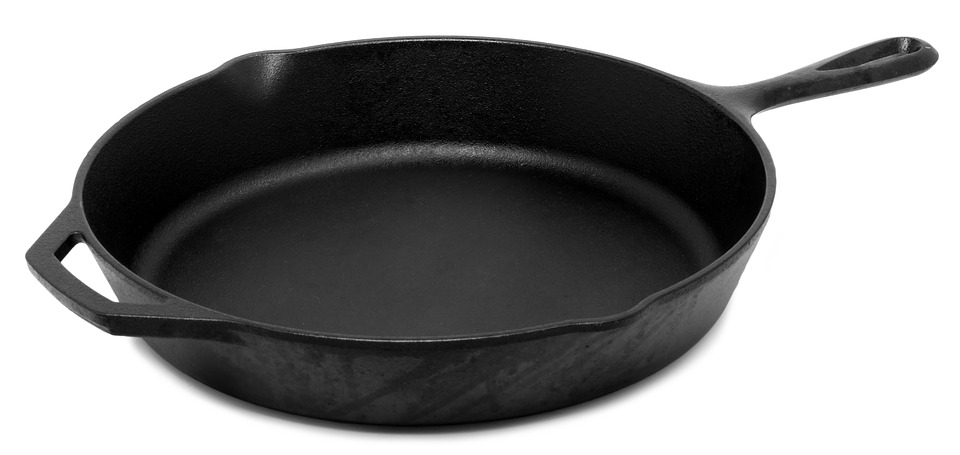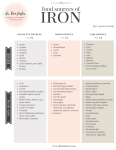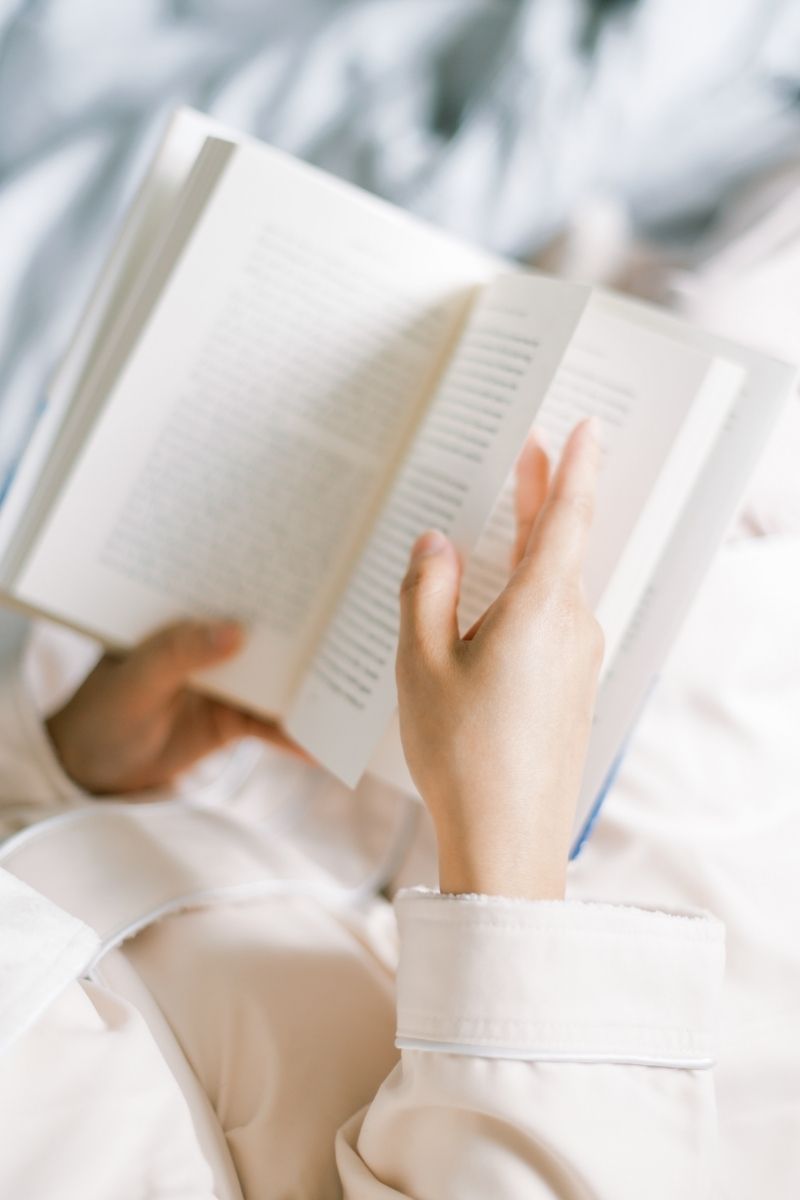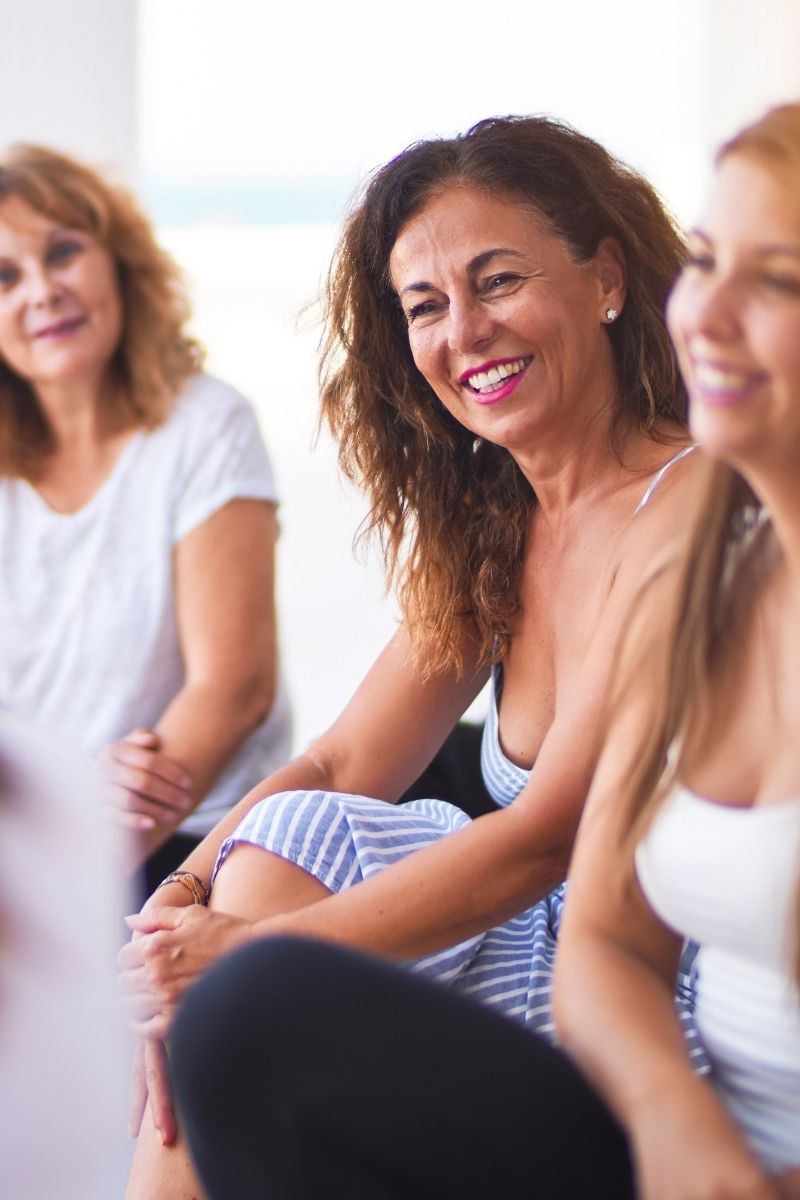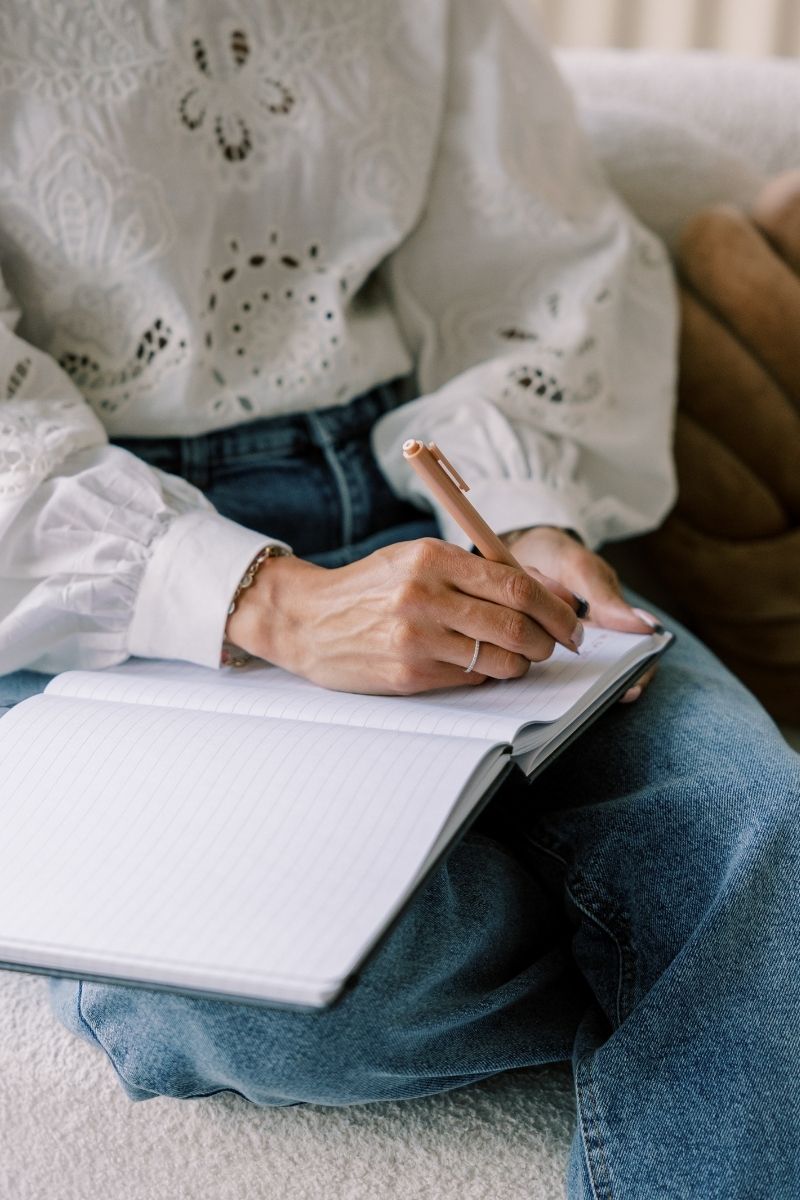My family thinks I’m obsessed. And maybe I am, but it comes from something I experience on a daily basis at work. Young women often come to see me with a particular constellation of symptoms: poor concentration, fatigue, hair loss, plus generally low mood and irritability. So I send them for investigations, and what comes back? Low iron levels.
Every. Damn. Day.
Iron deficiency is the most common nutritional deficiency out there, and it causes a lot of trouble for women in particular, although I’m always surprised at how little press it receives. Maybe because it’s not the fashionable new thing?
The world may not be obsessed with iron, but I am. My kids joke that I love my cast iron pan more than anything else. They’re not entirely wrong. My twelve-year-old thinks the primary benefit of my skillet is for defence against zombies when the inevitable apocalypse comes (naturally), which is hard to deny…however I’m a fan for a different reason. But I’ll get to that.
WHY IS LOW IRON A PROBLEM?
If you’re a menstruating female, you’re losing blood every month. Your body seeks to make new red blood cells to replace the ones lost, but needs the building block of iron to create hemoglobin—the molecule that carries oxygen. Your only source of new iron is through your gut (either diet or supplements), but the trouble is, our GI tract doesn’t like to absorb iron. It’s difficult to get enough. Hence the common entity of iron deficiency among otherwise healthy women. Animal sources (heme) are the best sources of iron, so if you eat a vegetarian or vegan diet, you have even less iron coming in.
The symptoms of low iron?
- fatigue
- poor concentration
- insomnia
- weakness
- headache
- irritability
- depression
- exercise intolerance
- dizziness
- restless legs syndrome
- hair falling out
- brittle nails
- cracking at the corners of the mouth
- pale complexion
- dry skin
- pica
This last one is an interesting symptom. Pica refers to a desire to eat non-food substances, like clay, dirt, paper, or ice. Have you ever had a craving for any of these things? You might have thought you were losing your mind—but perhaps it was just iron deficiency. Don’t be ashamed. Talk to your doctor about it.
HOW TO PREVENT & CORRECT LOW IRON
So what can you do about iron deficiency?
First, get tested. It’s important to bear in mind, however, that testing may not accurately reflect what’s happening. For example, it’s possible to have a normal hemoglobin level (meaning you don’t meet the actual definition of “anemia”) but have critically low stores of iron (revealed through other tests, like serum ferritin).
Staying on top of your iron levels and ensuring you get enough is particularly important if you are a menstruating female, a vegetarian/vegan, or a growing kid—whether you’re looking to treat a deficiency you have, or prevent deficiency from developing.
What are the benefits to improving your iron level?
- improved energy
- hair and nail growth
- better appetite
- better sleep
- mood
- concentration
There are three things I advise all my patients with low iron:
- Increase your intake of iron-rich food.
2. Buy a cast iron pan and cook with it as much as you can.
3. Consider supplements if your level is particularly low.
Supplements can be tricky and very individual, so I’ll save that for a future post. In the meantime, talk to your doctor if you want specific advice on iron supplements.
But if you’re looking to work on the first two points—diet and cooking tips—read on!
YOUR IRON-RICH GROCERY LIST
First up, you need to ensure you’re getting enough iron-rich food.
There are two forms of dietary iron: heme and non-heme. Heme is the most complete iron source (derived from hemoglobin) and the source most readily absorbed by our bodies, but it is only found in animal foods.
An iron-rich grocery list:
Tofu
Lentils
Breakfast Cereal (many are enriched with iron)
Green leafy vegetables (eg. spinach, kale, broccoli)
Beef
Shellfish (especially clams and mussels)
Mussels
Chicken liver
Beans (eg. lima beans, red kidney beans, chickpeas)
Pumpkin seeds
Canned Sardines
Dried fruit (eg. dried apricots, raisins)
Grains (eg. bulgur, wheat germ)
Blackstrap molasses
Fish (eg. halibut, haddock, perch, salmon, or tuna)
To improve absorption, avoid coffee or tea with your iron-rich food. Calcium can also inhibit the absorption of iron by as much as 60 percent. On the other hand, Vitamin C can maximize absorption, so pair your iron-rich meal with some strawberries or a glass of orange juice.
AN OLD-FASHIONED KITCHEN TOOL
Cast iron is a chef favorite because of its heat-retaining properties—it’s absolutely beautiful to cook with. But I love it because every time you cook something in a cast-iron pan, a little extra iron seeps into your food. This is particularly true if the food is somewhat acidic, as with lemon or tomato-based sauces. I’ve read that the increase in iron deficiency among developed countries has been linked with a decline in cooking with cast iron pans (which started when everyone began cooking with Teflon-coated pans in the 80s).
Granted, a cast-iron pan is heavy. But think of it as an upper body workout when you’re lifting it into the sink to wash it!
And…don’t forget all the zombies you’ll be able to take down when the apocalypse comes.
Click the image below to download a free PDF of Iron-Rich Foods!
And finally, if you enjoyed this article and would love to hear more from me (just a short & sweet weekly love note in your inbox), sign up here.
